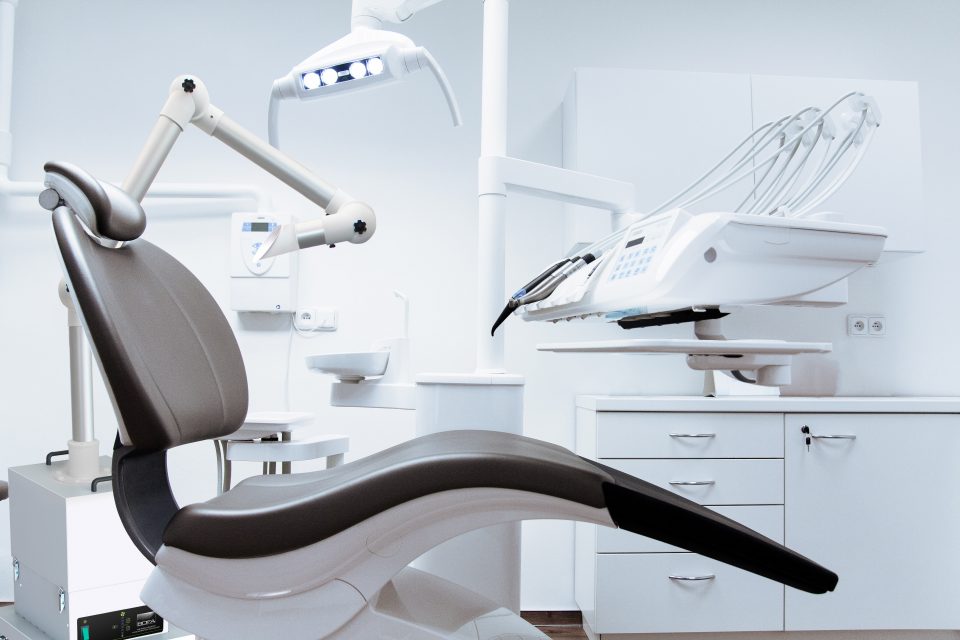Extraction of Aerosols in Dental Practices
In dental clinics, there is a risk for both patients and dental professionals. During dental procedures, aerosols and airborne contaminants are produced. These contaminants, such as viruses, can potentially spread to both patients and dental personnel if the correct protective measures are not in place.
If there is a direct contact with blood, saliva, or with contaminated instruments or surfaces during, the risk can of course be higher. Dental clinics and hospitals are kept to a very high standard of cleanliness and hygiene procedure, however there is currently no provision of source extraction for airborne contaminants.
For example, the propelling force of a high-speed dental drill, used in combination with a water spray generates airborne particles. These particles can be suspended in the air for some time and thus Dentists are required to have long fallow times between to reduce the airborne risk of exposure to viruses. Local Exhaust Ventilation (LEV) can help with extracting and removing harmful contaminants at source, which when couples with good general ventilation and the correct PPE can minimise risks and reduce fallow time between patients.
The use of Personal Protective Equipment combined with an appropriate and effective extraction system could be a solution to help many practices operate safely. As a difficult as it can be to completely eliminate the risk posed by dental aerosols, it is still possible to reduce the risk with simple precautions. The use of physical barriers for transmission such as PPE, as well as the universal use of sterilisation combined with effective source extraction can participate in reducing the risks and creating the safest possible workplace.
Current measures for further protection within dental facilities are as follows:
Further reducing the risk by wearing PPE
- Face mask
Surgical face mask correctly fitted to the face. Usually to rating FFP3 in the UK dental sector in this current time.
- Eye protection
Transparent plastic glasses or plastic face shield in order to protect the dentist against splatter and aerosols.
- Protective clothing
Covers other areas of the body which could be contaminated or missed when sanitising or washing hands.
Cleanliness and extraction
- Cleaning surfaces and decontaminating areas
The surfaces can easily be contaminated by aerosols and splatter, or by touching with gloved hands. Cleaning the surfaces can help prevent the transmission of infection.
- Extraction, ventilation
Source extraction and a good ventilation which exhaust the aerosol, reduces the risk of cross-infection and cross-contamination. On the hierarchy of control within the COSHH regulations “engineering controls” i.e. LEV is the highest measure that should be selected after elimination and substitution. Removing the contaminant at source will assist towards providing the safest working environment for staff and patients.
AES have been providing extraction solutions in a number of industries for over 18 years, with specialisation in effective control of airborne contaminants to reduce the risk for employees and the public within these workspaces. We work with suppliers who manufacture specific products for the dental industry to provide maximum and effective protection form aerosols within these spaces.
